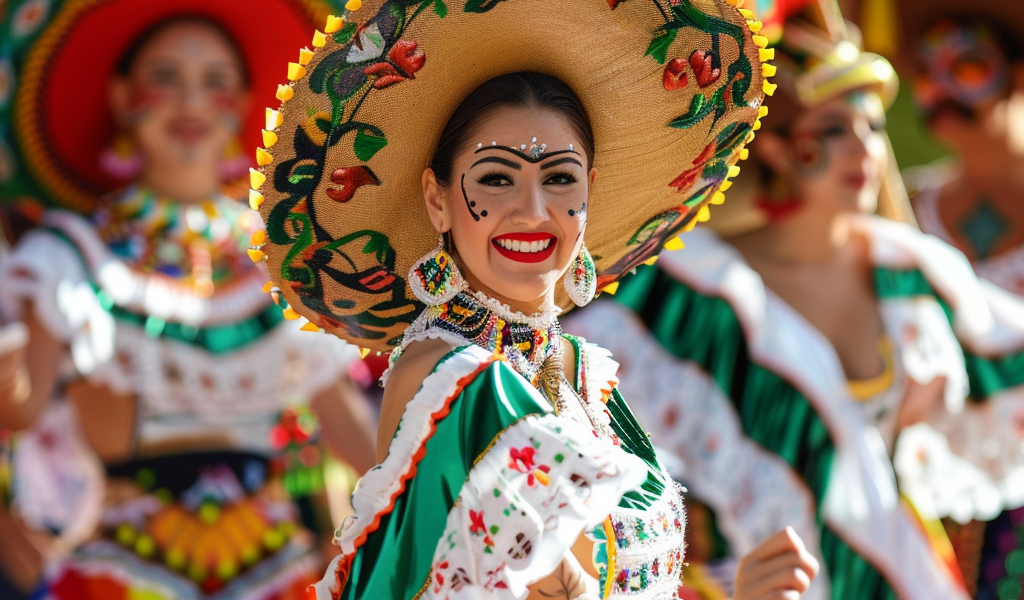Cinco de Mayo is a widely celebrated Mexican holiday in the United States, known for its association with margaritas and Mexican cuisine. However, the true significance of Cinco de Mayo lies in its historical roots and the victory it commemorates.
Originating from the Battle of Puebla on May 5, 1862, Cinco de Mayo marks Mexico’s triumph over the French empire. Despite misconceptions, Cinco de Mayo is not Mexico’s Independence Day, which is celebrated on September 16. The holiday is primarily observed in the state of Puebla, where the decisive battle took place.
French Emperor Napoleon III’s attempt to conquer Mexico led to the confrontation in Puebla, where 2,000 Mexican soldiers defeated 6,000 French troops. This unexpected victory boosted Mexican morale and delayed the French advance towards Mexico City.
Notably, the outcome of the Battle of Puebla had broader implications beyond Mexico. It demonstrated that the seemingly invincible French army could be defeated, influencing international dynamics and indirectly impacting the American Civil War. The French defeat in Mexico dissuaded Napoleon III from aiding the Confederacy, potentially altering the course of the Civil War.
While Cinco de Mayo holds historical significance for Mexico, its celebration resonates more prominently in the United States. The holiday serves as a symbol of Mexican heritage and unity, fostering cultural pride and awareness among Americans.





